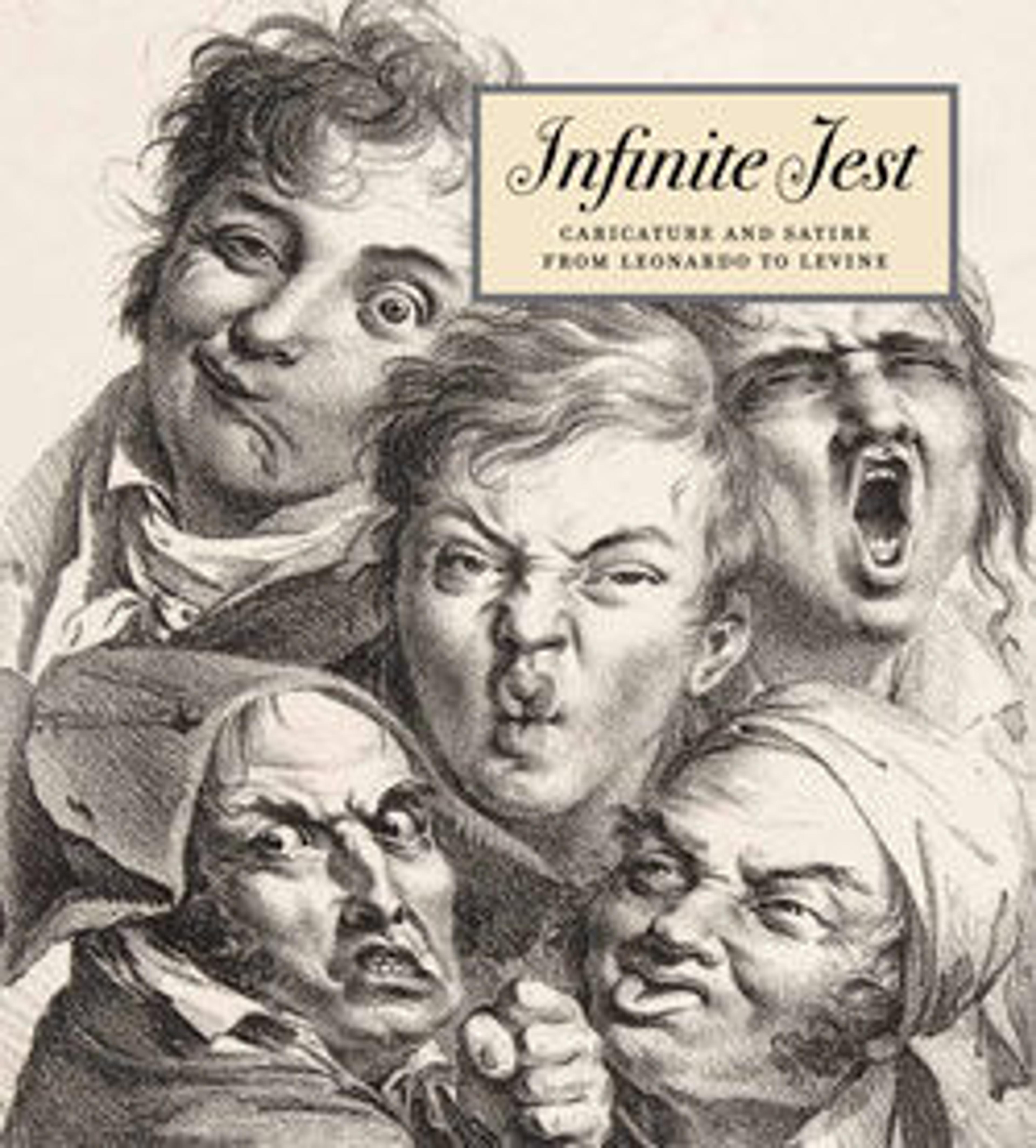The Infant Hercules
In 1783, at the age of twenty-four, William Pitt became the youngest person ever to head the British government. King George III, who had become fed up with the machinations of a Whig coalition led by Charles James Fox and Frederick Lord North, finally prevailed upon Pitt to accept the premiership. When Rowlandson cast Pitt as the infant Hercules he echoed popular opinion, which saw the youthful minister as a refreshing change from his corrupt, self-serving predecessors. Like the classical hero, Pitt displays amazing strength as he strangles serpents determined to dispatch him. The snakes have the heads of Fox and North, while the shield marked "Chatham" implies that Pitt inherited his zeal from his famously principled father, the Earl of Chatham, just as Hercules’s supernatural strength came from his father, the god Jupiter.
Artwork Details
- Title: The Infant Hercules
- Artist: Thomas Rowlandson (British, London 1757–1827 London)
- Publisher: William Humphrey (British, 1742?–in or before 1814)
- Subject: Frederick North, 2nd Earl of Guilford (British, 1732–1792)
- Subject: Charles James Fox (British, 1749–1806)
- Subject: William Pitt (British, 1759–1806)
- Published in: London
- Date: February 3, 1784
- Medium: Hand-colored etching
- Dimensions: Sheet: 8 11/16 × 12 5/8 in. (22.1 × 32.1 cm)
- Classification: Prints
- Credit Line: The Elisha Whittelsey Collection, The Elisha Whittelsey Fund, 1959
- Object Number: 59.533.38
- Curatorial Department: Drawings and Prints
More Artwork
Research Resources
The Met provides unparalleled resources for research and welcomes an international community of students and scholars. The Met's Open Access API is where creators and researchers can connect to the The Met collection. Open Access data and public domain images are available for unrestricted commercial and noncommercial use without permission or fee.
To request images under copyright and other restrictions, please use this Image Request form.
Feedback
We continue to research and examine historical and cultural context for objects in The Met collection. If you have comments or questions about this object record, please contact us using the form below. The Museum looks forward to receiving your comments.
